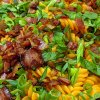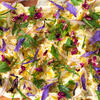Popular
Latest From the Show

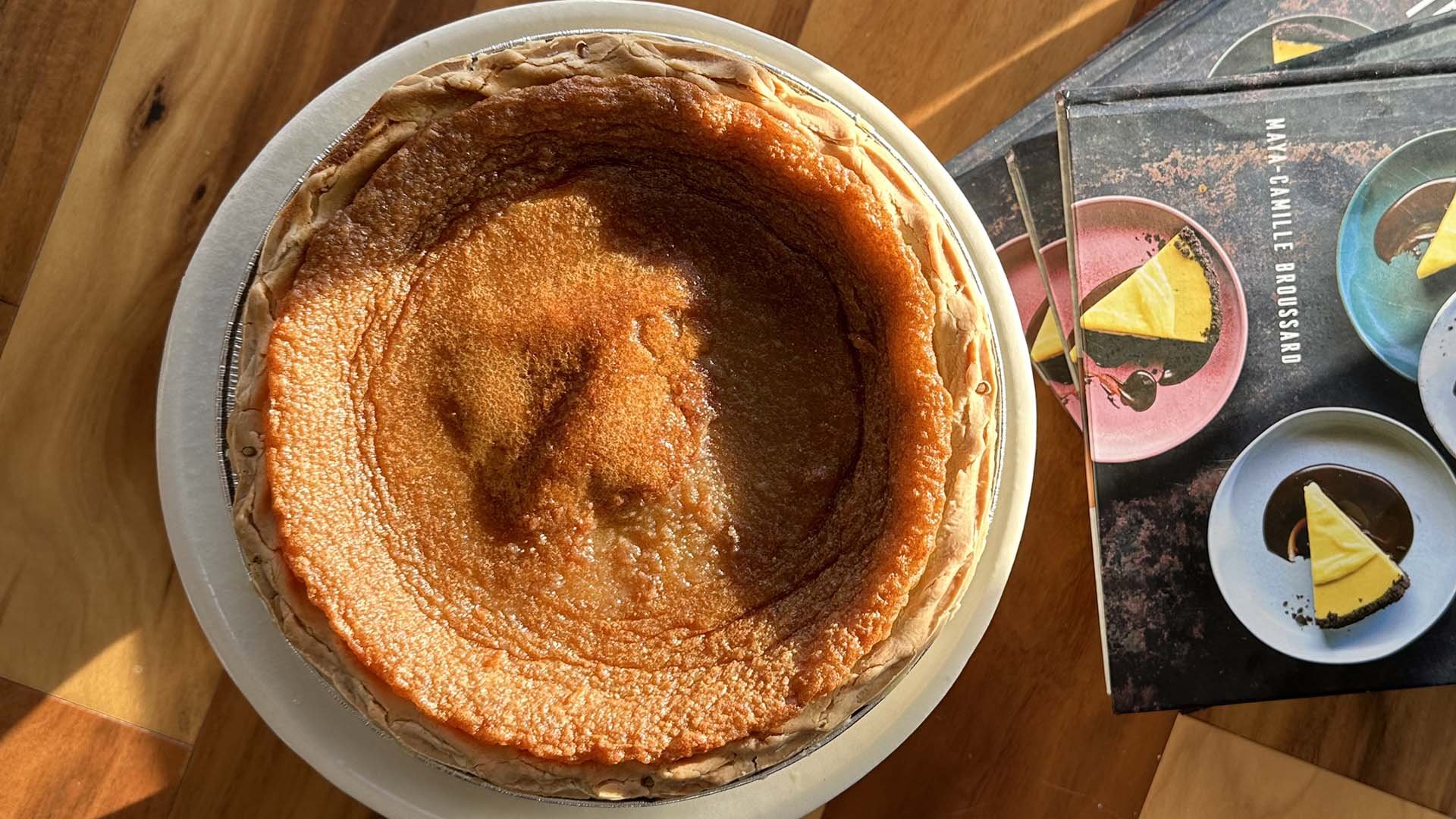
How to Make Coquito Chess Pie (inspired by the coconut-flavored …

Q&A with Organizational Pro Peter Walsh + Dermatologist Shares A…

Actor Hank Azaria + Freezer Meals + Artichokes 2 Ways with Rach

See Inside Barbara Corcoran's Stunning NY Apartment + It's Steak…
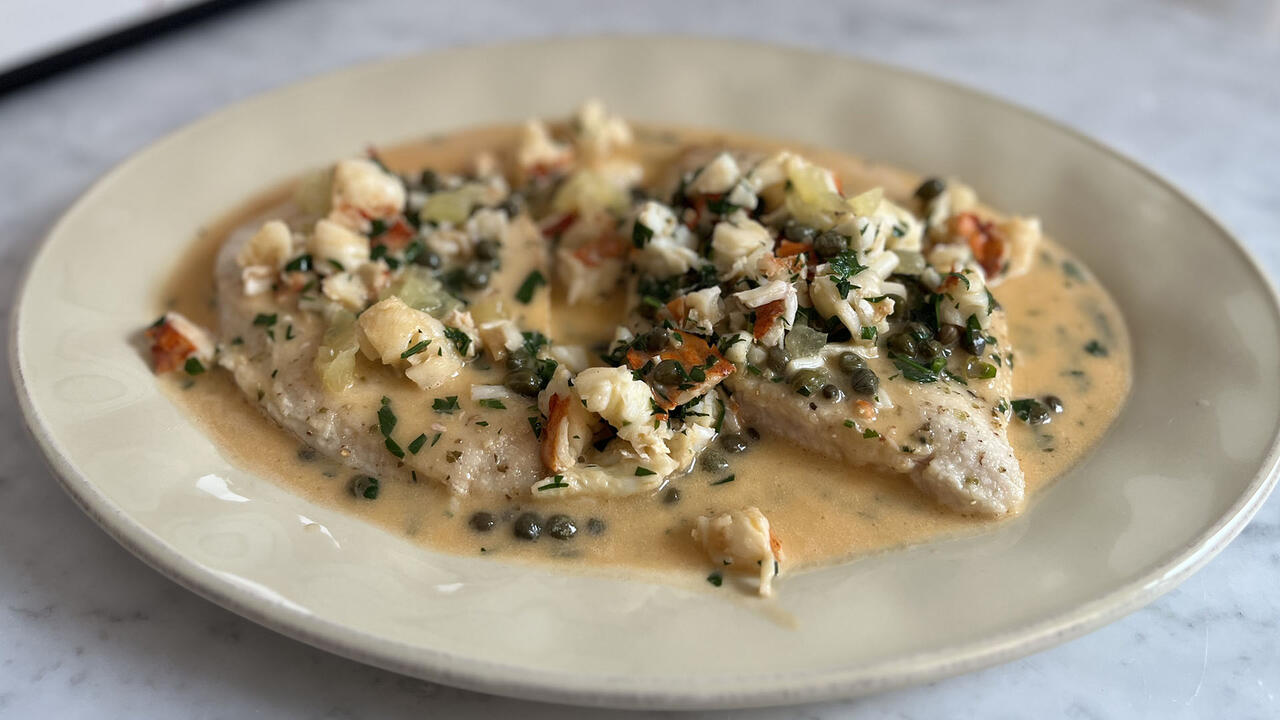
How to Make Chicken and Lobster Piccata | Richard Blais

Donnie Wahlberg + Jenny McCarthy Say Rach Is Such a "Joy" + Look…

Donnie Wahlberg Spills Details About NKOTB's First Ever Conventi…

The Best Moments From 17 Seasons of the Show Will Make You Laugh…
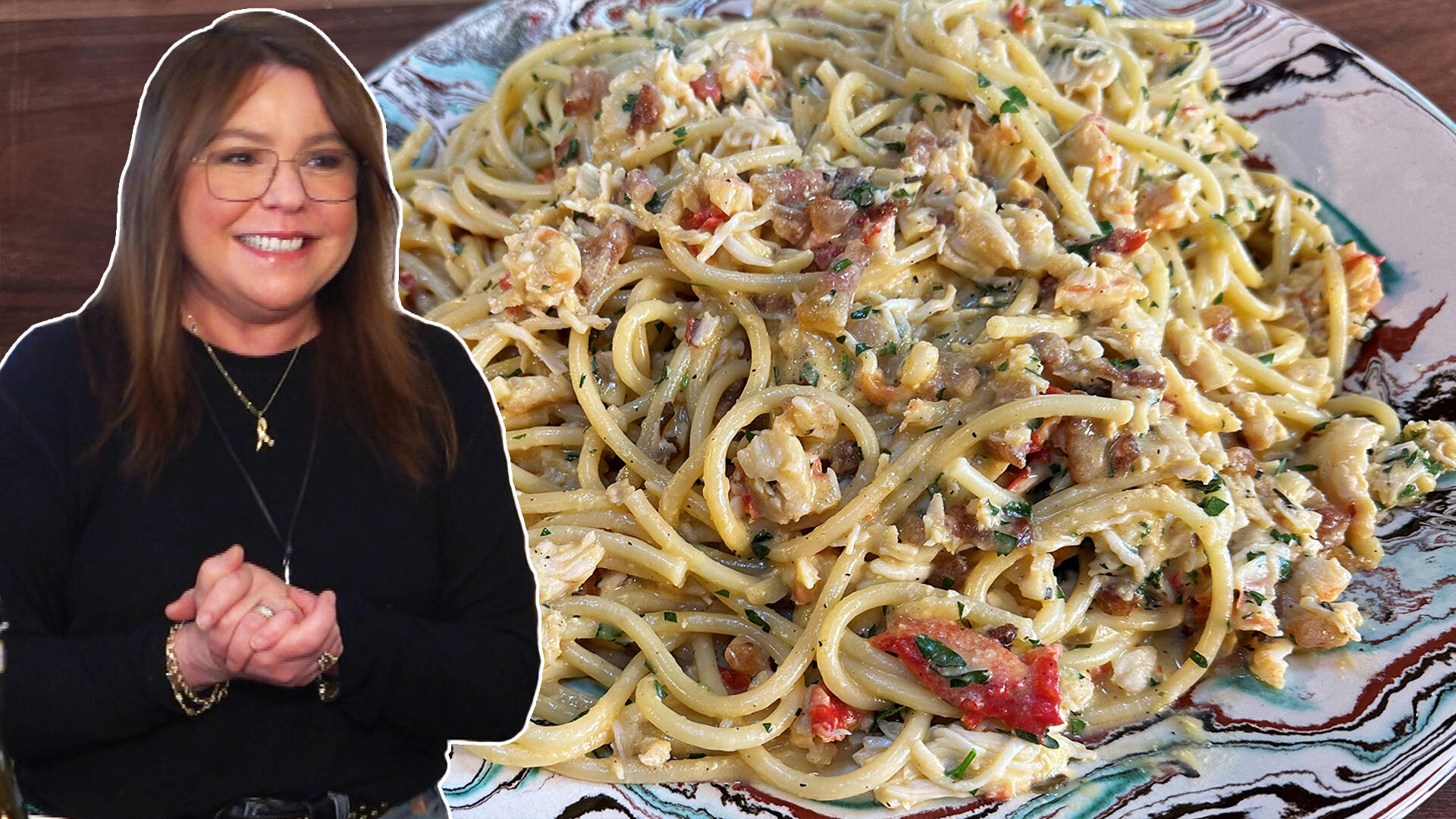
How to Make Crabby Carbonara | Rachael Ray
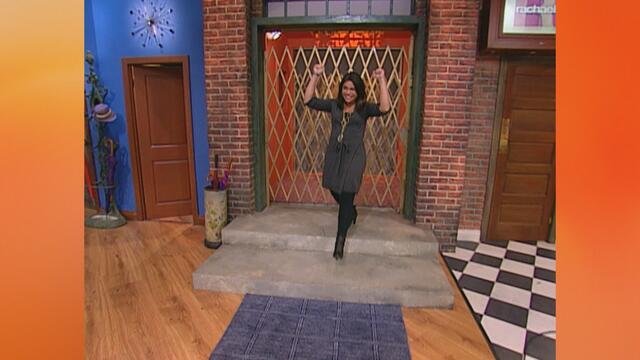
Rach Chats "Firsts" In Flashback From Our First Episode Ever In …
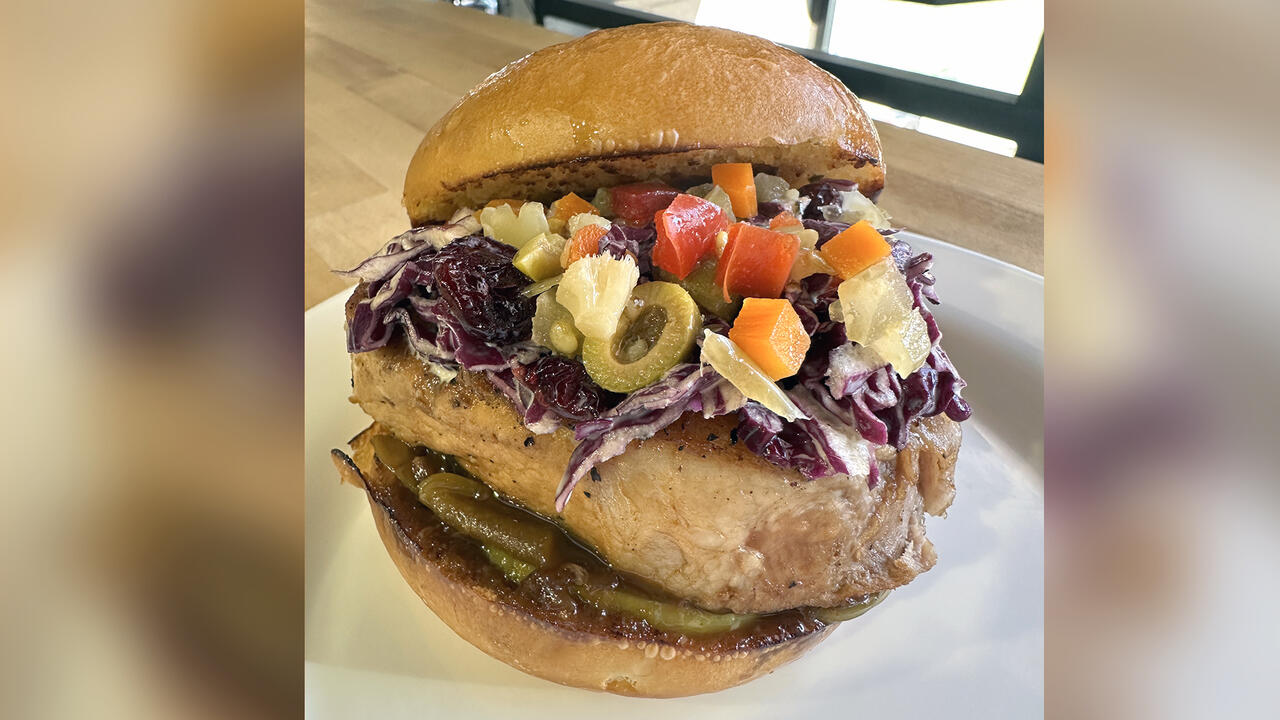
How to Make Apple-Cider Braised Pork Chop Sandwiches with Onion …

Rach's Chef Pals Say Goodbye to Show in Surprise Video Message
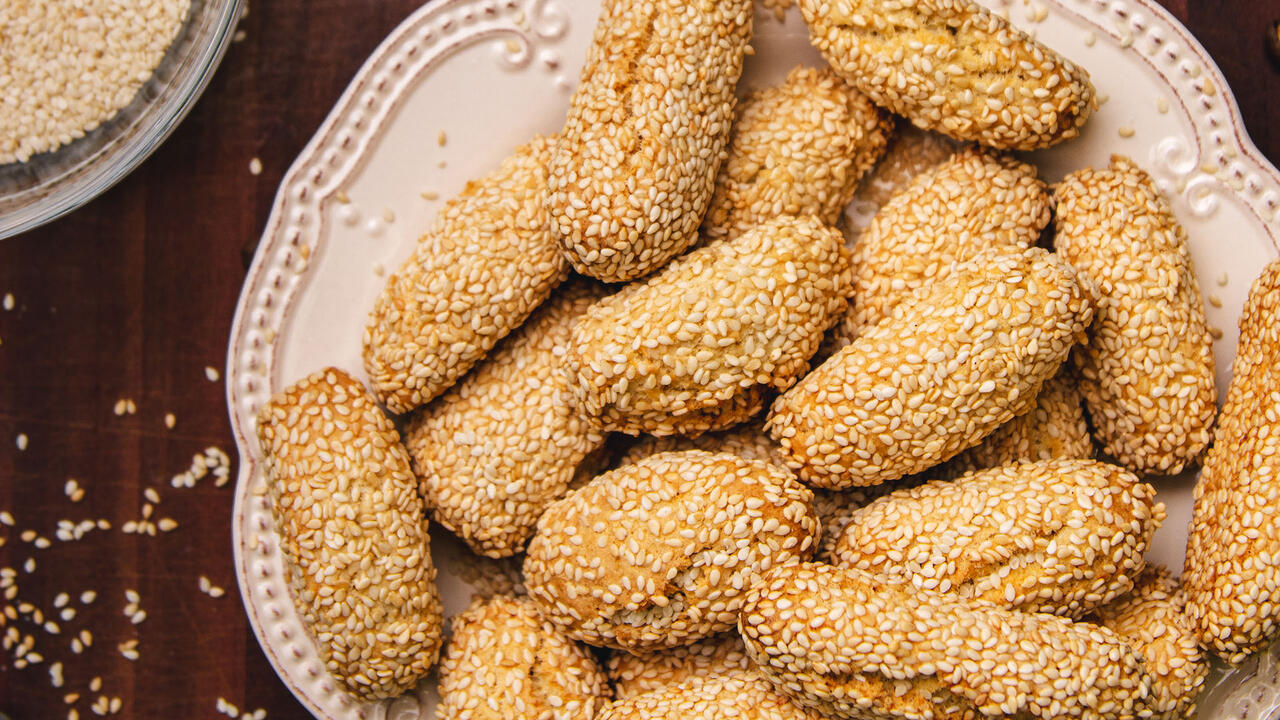
How to Make Sesame Cookies | Buddy Valastro
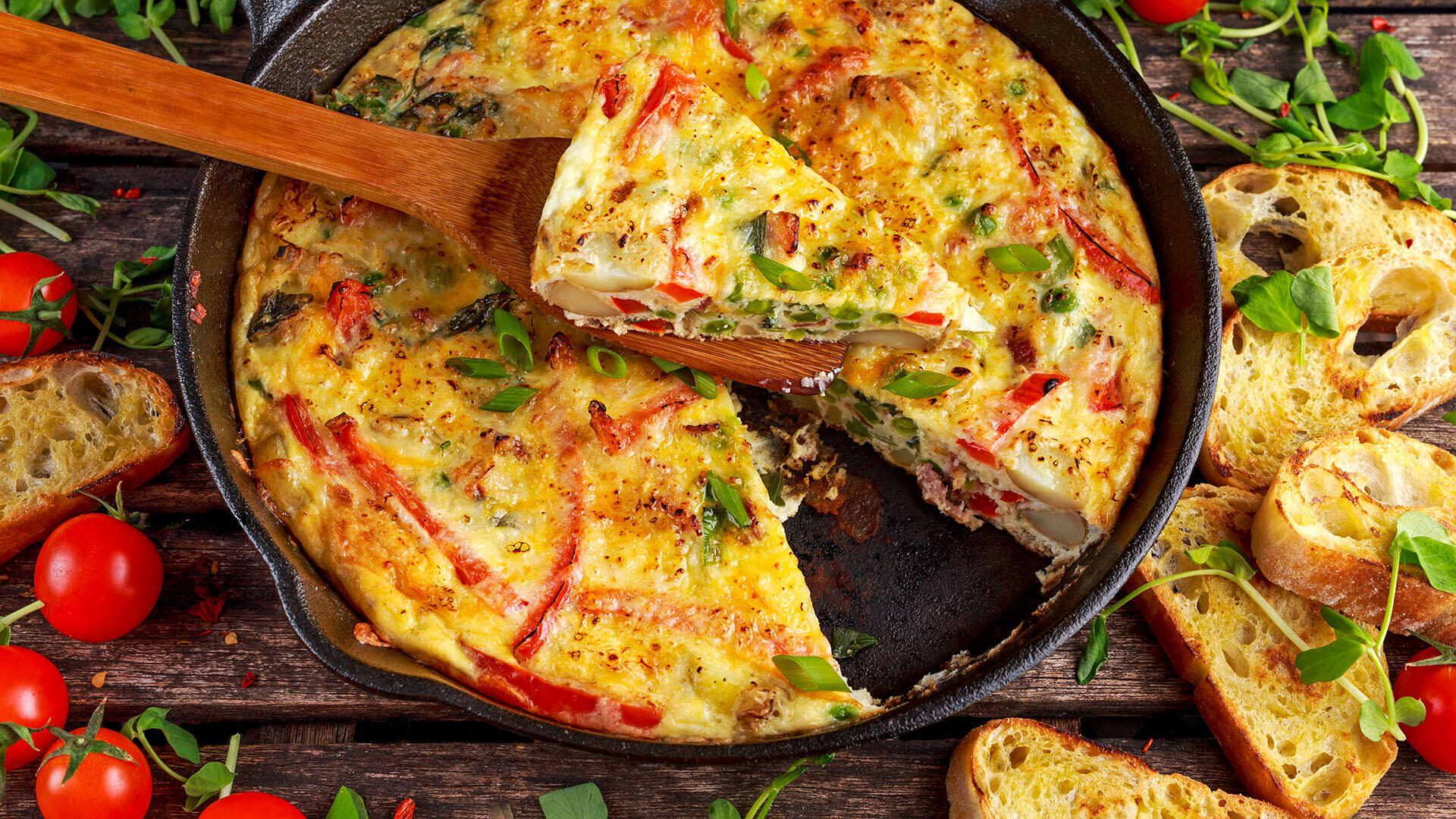
How to Make Tortilla with Potatoes, Piquillo Peppers and Mancheg…

Andrew McCarthy Chokes Up Discussing Emotional Trip to Spain wit…
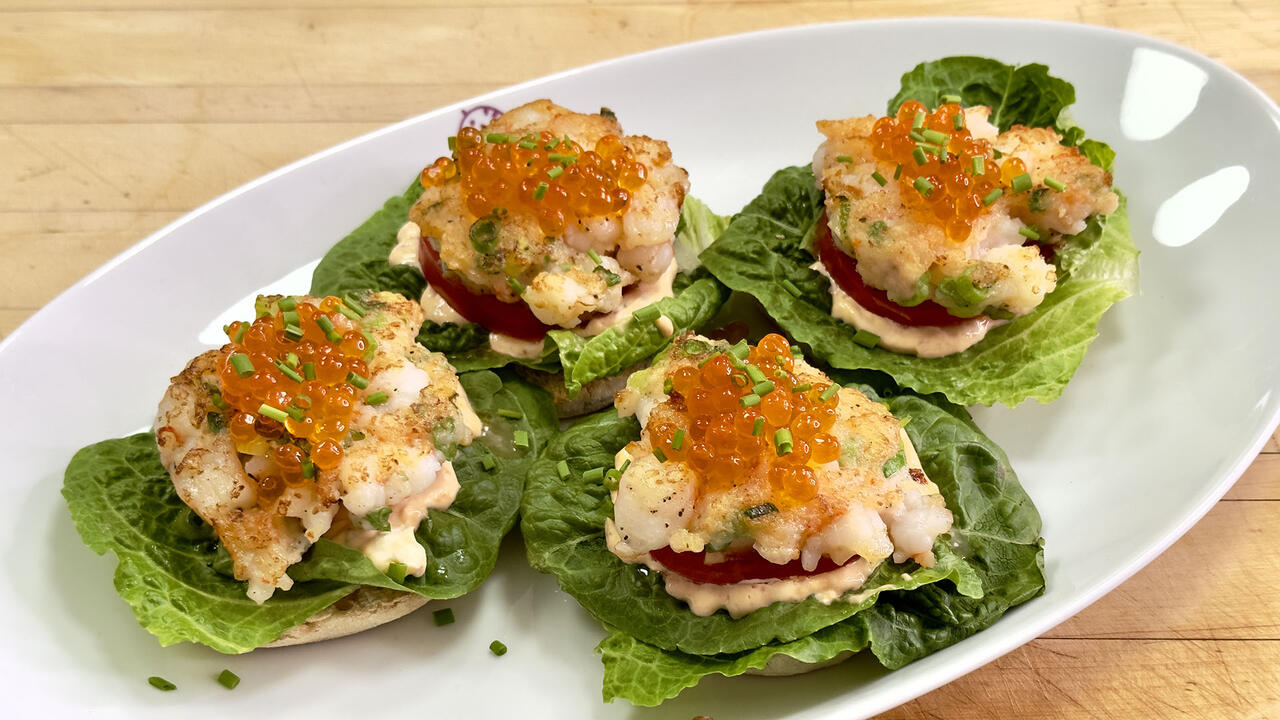
How to Make Shrimp Burgers | Jacques Pepin
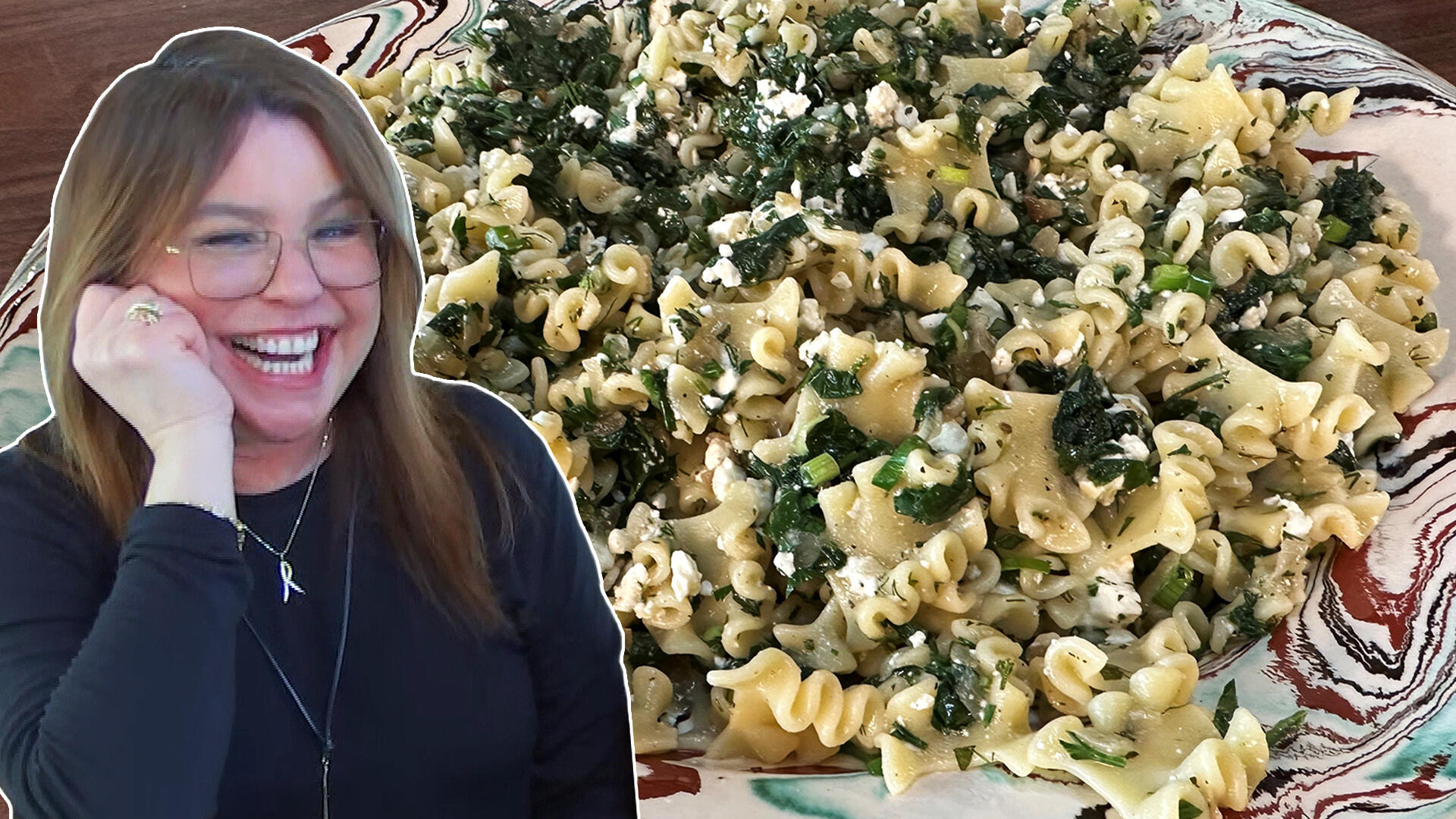
How to Make Spanakopipasta | Rachael Ray

Celebrity Guests Send Farewell Messages After 17 Seasons of the …

Celebrity Guests Send Farewell Messages After 17 Seasons of the …

Andrew McCarthy Teases Upcoming "Brat Pack" Reunion Special

Michelle Obama Toasts Rach's 17 Years on the Air With a Heartfel…
Chicago-based Justice of the Pies bakery owner Maya-Camille Broussard is committed to positively impacting the lives of others through her baking. Here, she shares a recipe for coquito (a coconut-flavored Puerto Rican cocktail) chess pie from her new cookbook, Justice of the Pies.
"When I was twenty years old, my dad gifted my entire family a trip to Puerto Rico for Christmas. My dad's sisters, his niece, and two nephews joined us. I was the only one not yet of drinking age—and . . . it was exactly one week from my twenty-first birthday. My dad was the type to sneak us a sip of beer when we were kids (he was an uncle before becoming a father, after all), so when we landed in San Juan, he declared that he would let me drink on this trip since I was merely days away from the legal drinking age and he could supervise me (okay, Dad, whatever). I was all the more willing to imbibe because spending the holidays in Puerto Rico meant experiencing coquito for the very first time. Coquito means 'little coconut' in Spanish, and the drink is a thick, sweet, and creamy concoction similar to eggless eggnog. It is infused with coconut, cinnamon, and Puerto Rican rum. The richness of coquito makes it a perfect substitute for the buttermilk that is traditionally used in chess pies. With its warm spices, this pie is perfect for the winter holidays, or anytime, really." —Maya-Camille
Pro Tip from Maya-Camille: For the dough recipe, you can use a food processor or a stand mixer, but, in my opinion, the best way to achieve peak flakiness is to make it by hand. That will lessen the likelihood of the butter and flour being overworked—and with most things made with your hands, practice is the road to a place called perfection.
Ingredients
- 8 tablespoons (1 stick/113 grams) unsalted butter, preferably European-style, cut into 1-inch cubes
- 1 ½ cups (204 grams) unbleached all-purpose flour
- 1 tablespoon plus 1 teaspoon granulated sugar
- ½ tablespoon kosher salt
- Flour, for rolling out
- One 14-ounce/383-gram can sweetened condensed milk
- One 15-ounce/417-gram can cream of coconut
- One 15-ounce/403 gram can full-fat coconut milk
- 2 teaspoons ground cinnamon
- 2 teaspoons pure vanilla extract
- One recipe All-Butter Pie Dough (above)
- ¾ cup (225 grams) Coquito (above)
- 4 large eggs
- 2 teaspoons pure vanilla extract
- 1 cup (200 grams) granulated sugar
- 1 tablespoon unbleached all-purpose flour
- 1 tablespoon yellow cornmeal
- ¼ teaspoon kosher salt
- 8 tablespoons (1 stick/113 grams) unsalted butter, melted
- Flour, for rolling out
Yield
Preparation
For the dough, pour ½ cup of water into a measuring cup filled with ice cubes. Set aside.
Place the cubes of butter on a parchment-lined baking sheet and place it in the freezer for about 15 minutes to quickly chill.
In a large bowl, whisk together the flour, sugar, and salt. Add the chilled butter to the flour mixture and, using a pastry cutter, fork, food processor, or stand mixer, cut the butter into the flour until there are no visible bits of butter that are larger than a pea (about ½-inch pieces). This will allow the crust to be marbled with butter so it melts in the oven while it bakes, and the steam from the butter will separate the crust into multiple layers—resulting in a flaky crust.
Pour ¼ cup of the ice water into the flour and butter mixture. Using your hands, gently work the water into the flour mixture until the dough comes together. If the dough is still very crumbly and dry, add ice water, 1 tablespoon at a time, until the dough comes together.
Lightly flour your work surface and set the dough on top. Gently knead the dough into a ball. Do not overwork the dough or else you may activate the gluten. Having too much water or overworking the dough may mean that your pie dough will contract while you roll it out and will not hold its shape.
Use your hands to press the dough into a disk 1 ½ inches thick. Wrap the dough well in plastic wrap and refrigerate for at least 1 hour and up to 3 days. (If refrigerating for more than 1 hour, let the dough sit on the countertop for 20 to 30 minutes before rolling; you can also freeze the dough for up to 6 months; if freezing, thaw in the refrigerator overnight before using.)
Meanwhile, make the coquito. In a blender, combine the sweetened condensed milk, cream of coconut, coconut milk, cinnamon, and vanilla. Blend until well mixed, about 30 seconds, then transfer to a pitcher or large container. This will keep in the refrigerator for up to 7 days.
For the pie, adjust an oven rack to the middle position and preheat the oven to 335°F.
In a stand mixer fitted with the whisk attachment (or in a large mixing bowl and using a whisk), whisk together the coquito, eggs, and vanilla.
In a small bowl, whisk together the sugar, flour, cornmeal, and salt. Pour the melted butter into the bowl and mix until well incorporated. Add the sugar-melted butter mixture to the coquito mixture and whisk well until combined.
Before rolling out the dough, fill a large bowl or a large baking dish with ice cubes. Place the bowl or baking dish on the countertop to chill your work area. (This is especially helpful to do on a hot day; chilling the countertop helps prevent the butter in your pie dough from melting while you roll it out.)
Remove the chilled dough from the refrigerator and discard the plastic wrap. Pat the countertop dry if you used ice cubes to chill it and lightly flour the surface. Set your dough on the countertop, then lightly flour the top of your dough.
Lightly dust the counter with flour and roll out the pie dough to about 12 inches in diameter. When rolling the pie dough, start rolling from the center of the dough and roll away from your body. Slightly turn the dough with each roll, forming a round shape as you go. Turning the dough as you roll also ensures that your dough does not stick to your countertop. If any part of the dough tears along the outer edges while you are rolling it out, simply mend it back together using your fingertips.
Once the dough has been rolled out, pick up the dough by rolling it over the rolling pin, and transfer it to a 9-inch pie pan, unrolling the dough and draping it over the baking vessel. Roll the overhanging dough to the edge of the pan and crimp. Place the pie shell in the refrigerator to chill for 10 minutes.
Remove the pie shell from the refrigerator. Place the pie shell on a baking sheet and place the baking sheet on the pulled-out oven rack. Pour the filling into the pie shell. (Placing the baking sheet on the rack before filling the pie helps avoid spillage.)
Bake the pie until the center is mostly set (it may jiggle a bit if the pan is tapped, and that’s fine) and the edges around the pie crust are dry and solid, 50 minutes to 1 hour.
Remove the pie from the oven and allow it to cool at room temperature for 1½ hours before slicing and serving.
To store the pie, cover with plastic wrap and refrigerate for up to 7 days.
BONUS: After using ¾ cup of the coquito in the pie, you can add rum (preferably Puerto Rican rum) to the rest of the coquito mixture—I like to add about 2 ½ ounces for every 1 cup of coquito mix—and enjoy it over ice in a rocks glass or neat in a small cordial glass.
Adapted from Justice of the Pies by Maya-Camille Broussard. Copyright © 2022 by Maya-Camille Broussard. Used with permission by Clarkson Potter. All rights reserved.

